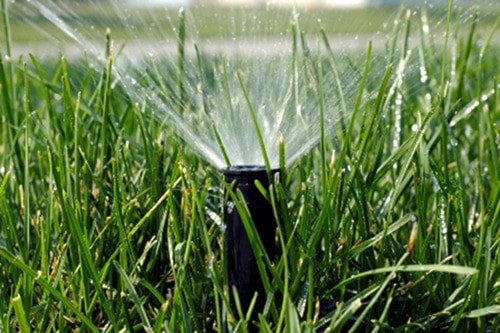Investigations into a new water supply for Abbotsford and Mission are set to begin again, five years after the public overwhelmingly rejected a proposed new source at Stave Lake.
The Abbotsford Mission Water and Sewer Commission (WSC) has requested $200,000 in funding to look at “new source supply options” to be advanced to 2016. Previously, the WSC’s capital plan had envisioned the funding to be split equally between 2017 and 2018.
The urgency to increase the water supply has decreased in recent years thanks to conservation efforts, and the study is the first step in a process that will explore a range of short- and long-term alternatives.
Last summer saw hot temperatures trigger multiple water restrictions, but the water system was able to keep up with demand, operating at around 85 per cent capacity. In 2007, though, water usage neared the system’s capacity, and a subsequent master water plan suggested water demands would exceed supplies in three years, even with a water sprinkling ban in place.
That led to a proposed and controversial private-public partnership to develop a $291 million new source at Stave Lake, which voters rejected by a three-to-one majority. Mayor Henry Braun – then seeking a seat on council – was among those opposed.
Water usage has stayed relatively level over the past five years, even as the area’s population has increased. But with the WSC developing a new master plan, and with Abbotsford’s new Official Community Plan (OCP) envisioning another 60,000 people moving to the city, staff have suggested an examination of which new water sources can be tapped.
It’s also hoped that accelerating the timeline will put the city in line for grants to help fund whichever upgrades and new capital projects are proposed.
Details of the search for a new supply have yet to be worked out, but Peter Sparanese, the city’s general manager of engineering and utilities, said options previously suggested will be looked at again.
Given the success of conservation efforts, he suggested many of the options under review will be less dramatic than the Stave Lake concept.
“Sometimes you don’t need it all right now,” said Sparanese. “We may just incrementally and methodically get there.”
Sparanese credited the public’s water conservation efforts for helping ease the pressure on the system.
“We’re doing an amazing job on the water that we’re not using.”
The investigation will consider supply alternatives over a range of years, and will provide a cost-benefit analysis, and a list of pros and cons.
“As Mission and Abbotsford continue to grow, water system demand will also increase,” staff wrote. “Water conservation and network optimization projects can help to delay the requirement for new supply, but ultimately a new source will be required to support the growth projected in each municipality’s OCP.”
The provincial snow pack is currently well below normal, due largely to warm weather and accelerated melting through the first half of May.
The most recent snow survey and water supply bulletin from the province’s River Forecast Centre suggests snow packs are typical of mid-June conditions, with South Coast levels at 57 per cent of normal.
The centre said, “Seasonal forecasts from Environment Canada are indicating an increased likelihood of above-normal temperatures across British Columbia over the May to July period, and into the extended forecast period of the late summer months.”
